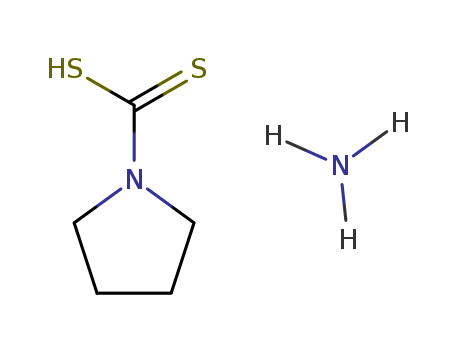10.1080/10426500802202063
The research investigates the reactions of naphthyl tellurium trihalides (ArTeX?, where X = Br, Cl and Ar = naphthyl) with various dithiocarbamate and xanthate ligands. The study explores the coordination chemistry of Te(II) and Te(IV) with these ligands, focusing on the formation of new naphthyl tellurium complexes. The chemicals involved include naphthyl tellurium trichloride and tribromide as starting materials, along with dithiocarbamate salts such as ammonium 1-pyrrolidinecarbodithioate and sodium dibenzyldithiocarbamate, and xanthate salts like potassium hexylxanthate. The reactions were carried out in solvents like tetrahydrofuran and methanol, resulting in the formation of naphthyl tellurium complexes with dithiocarbamate or xanthate ligands. The products were characterized using multinuclear NMR spectroscopy and elemental analysis, and the crystal structure of one of the complexes, naphthyl tellurium 1-pyrrolidinecarbodithioate, was determined by X-ray crystallography, revealing a three-coordinate T-shaped tellurium(II) geometry.



 Xi,
Xi, Xn
Xn


